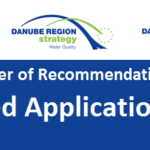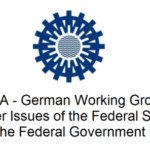EU Strategy for the Danube Region Governance Architecture which was prepared under the Croatian EUSDR Presidency 2020, was endorsed by EUSDR governance.
The governance of the EU Strategy for the Danube Region (EUSDR) plays a strategic role for the implementation of its actions and the achievements of its objectives, targets and overall goals. Participating states and key stakeholders have made great efforts to build and ensure an effective and efficient governance for the EUSDR at all levels.
Following the Joint statement of the Ministers of Foreign Affairs of the participating states of the EUSDR and European Commission 2015, this document, which aims at simplifying the interplay between key EUSDR implementers, provides a clarification of their roles.
The Strategy seeks to make best use of what is available in the region (funds, knowledge, capacities etc.), which means that all stakeholders must take responsibility. At this point, better governance must clarify what is essential for the success of our joint approach, including stronger responsibility by EUSDR participating states. It appears that improvements are especially required in the field of a stronger political leadership and commitment, effective decision-making and greater clarity in the organization of work. We should aim at a smarter use of existing resources, building on synergies in relevant existing processes, and understand that all governance levels are interrelated and interdependent in the way described in this document.
The main goal of this paper is to:
- improve coordination and cooperation in view of further enhancing the commitment to the
Strategy and its effective implementation; - support the development of the necessary administrative capacity to ensure that political
commitment translates into effective implementation.
The key is to empower relevant stakeholders and implementers (NCs, PACs, SGs, etc.) and increase the ownership of the relevant line ministries on the national level. Such empowerment also improves mobilization of regions, cities, agencies and institutions such as universities, private businesses and civil society, encouraging them to network, cooperate and participate in the implementation and
development of the Strategy.
The EUSDR Governance Architecture is available here.
The Rules of Procedure of the EU Strategy for the Danube Region National Coordinators is also available. To read the document click here.




